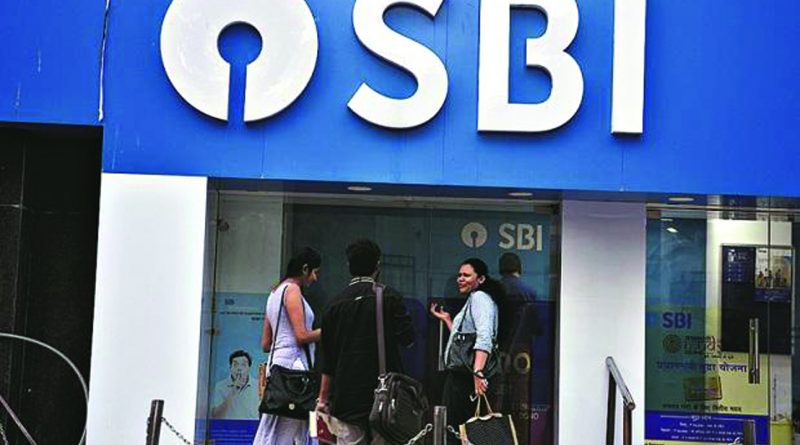SBI links home loans to repo rate
SBI has taken a step ahead in terms of transparency in consumer loans by linking the pricing of its home-financing products to the central bank policy rate that is used for setting the broader cost of debt in the economy.
Effective from July 1, consumers will have the option to take SBI home loans pegged to the central bank repo rate, SBI stated in a statement.
The home-loan products linked to the marginal cost of lending rate (MCLR) will be offered by the bank continually, but customers can opt for a repo linked home loan rate, said PK Gupta, managing director in charge of retail banking at SBI.
“This is a different product. It is linked to repo and at a larger tenure than the normal home loan. The rate for an Rs 75-lakh home loan comes to 8.40%, compared with 8.55% on the existing home loan,” Gupta said.
“However, the tenure under the new product will be more and can go up to 35 years, compared with 30 years we offer now because customers have to pay a 3% outstanding amount plus interest every year,” he added.
Presently, home loans up to Rs 75 lakh to customers at 8.55% are offered by the bank. The new loan product now being offered will have a base spread of 2.25% above the 5.75% repo rate, meaning 8%. A 40 basis point spread over the rate will also be charged by the bank, stated Gupta.
“Existing borrowers can shift to repo rate-linked product by paying a 0.25% charge,” Gupta said. SBI CFO Prashant Kumar said, “We have already linked our overdraft and cash credit rates to the repo rate earlier this year and now we have introduced the home loan product. As we have said earlier, we will gradually link our loan rates to the RBI rates for faster transmission.”
“It has been noticed in the past that it took four to six months for transmission. But this time, transmission has been faster than that,” central bank governor Shaktikanta Das said after the policy decision. He said banks have only reduced rates by 21 basis points of the 50-basis point reduction in policy rates, going by the weighted average lending rate reduction.

